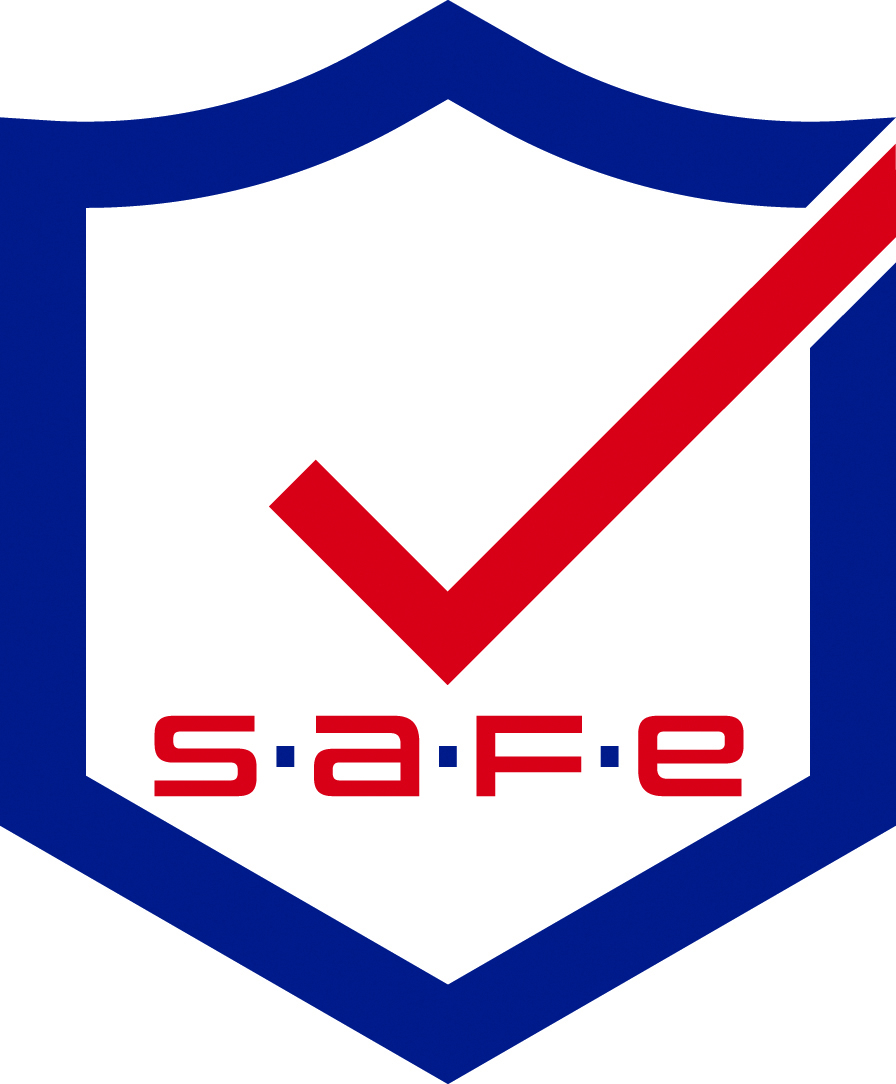
Scouts and their parents expect all Scouting America activities to be conducted safely. To ensure the safety of participants, Scouting America expects leaders to use the four points of SAFE when delivering the Scouting program.
SUPERVISION
Youth are supervised by qualified and trustworthy adults who set the example for safety.
- Accepting responsibility for the well-being and safety of youth under their care.
- Ensuring that adults are adequately trained, experienced, and skilled to lead the activity, including the ability to prevent and respond to likely problems and
potential emergencies. - Knowing and delivering the program of Scouting America with integrity.
- Using qualified instructors, guides, or safety personnel as needed to provide additional guidance.
- Maintaining engagement with participants during activities to ensure compliance with established rules and procedures.
- Predetermining what guidance and standards are typically applied to the activity, including those specific to Scouting America program.
- Planning for safe travel to and from the activity site.
- Validating the activity is age appropriate for Scouting America program level.
- Determining whether the unit has sufficient training, resources, and experience to meet the identified standards, and if not, modifying the activity accordingly.
- Developing contingency plans for changes in weather and environment and arranging for communication with participants, parents, and emergency services.
- Confirming the activity is right for the age, maturity, and physical abilities of participants.
- Considering as risk factors temporary or chronic health conditions of participants.
- Validating minimum skill requirements identified during planning and ensuring participants stay within the limits of their abilities.
- Providing training to participants with limited skills and assessing their skills before they attempt more advanced skills.
- Confirming participants’ clothing is appropriate for expected temperatures, sun exposure, weather events, and terrain.
- Providing equipment that is appropriately sized for participants, is in good repair, and is used properly.
- Ensuring personal and group safety equipment is available, properly fitted, and used consistently and in accordance with training.
- Reviewing the activity area for suitability during planning and immediately before use, and monitoring the area during the activity through supervision.
- Adjusting the activity for changing conditions or ending it if safety cannot be maintained.




